A gentle but steady southeast breeze blew across Padre Island’s paved lot at Bird Island Basin and down the three-vehicle-wide ramp, sending ripples out into the wide Laguna Madre toward two tiny humps of islands on the horizon. The sun was already high above wispy veils of cirrus clouds and a scattering of cottony cumulus. On the upwind side of the 200-yard-long paved parking lot, a field thick with waist-high olive and khaki grass waved atop rumples of sand the color of unbleached canvas. A dozen or so pickups with empty trailers, along with my SUV and ARR & ARR’s trailer, sat clustered in parking spaces near the ramp, the rest of the 100-plus spaces in the lot empty, not unexpected on a November Monday morning.On the northern of the two docks flanking the ramp, ARR & ARR, a Ross Lillistone-designed Flint I’d built, tugged at her bow and stern lines. I ducked under the swinging lugsail’s boom. One skipper gunned his flats boat up onto a half-submerged trailer; a pontoon boat with no bimini sat tied to the opposite dock, its skipper leaning on deeply tanned forearms on its rail, also watching the ramp; and an open skiff approached at an idle. I let the breeze push the bow downwind and fill the lugsail. I ducked a gentle jibe and steered past the idling skiff, following the ripples out toward the islands and, between them, two distant markers, a tiny red triangle and a green square, each atop its own piling maybe a mile out, showing the channel to the Intracoastal Waterway (ICW).With ARR & ARR making good headway toward the markers, I wiped the sweat from my face and put my wide-brimmed straw hat on. I had hoped to launch earlier, while the air was still cool and plenty of daylight remained for the 15 or so miles to Yarborough Pass, my destination for the evening, but I had slept in and taken my time rigging the boat, double- and triple-checking that I had all my camping and safety gear aboard. The Texas coast between Corpus Christi and Port Mansfield is mostly uninhabited and has spotty cell service at best.
Join The Conversation
We welcome your comments about this article. If you’d like to include a photo or a video with your comment, please email the file or link.
Comments (8)
Leave a Reply
Stay On Course

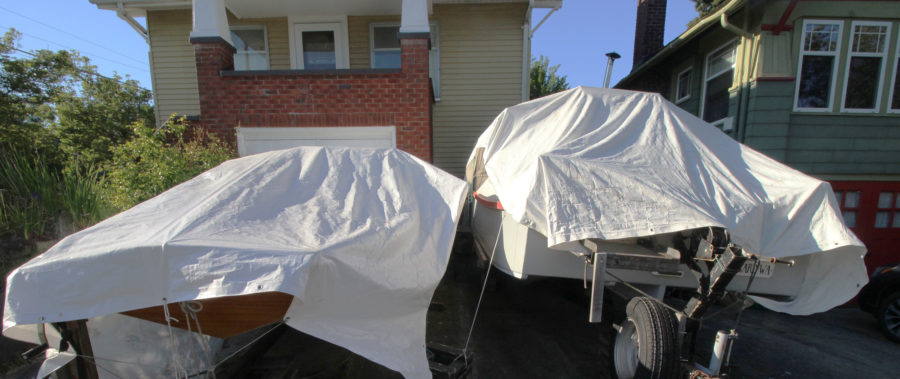
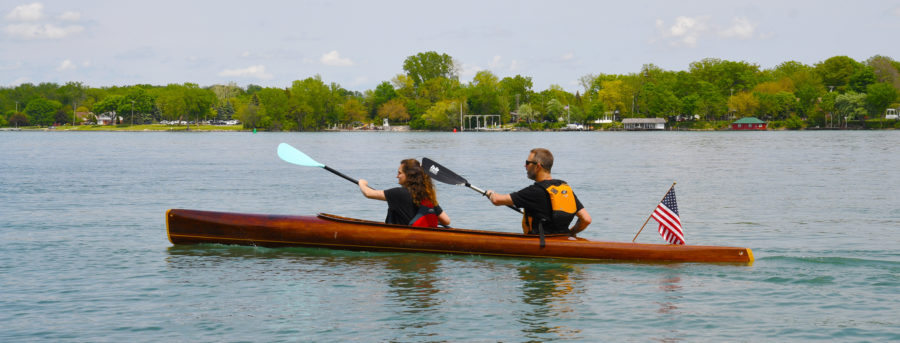
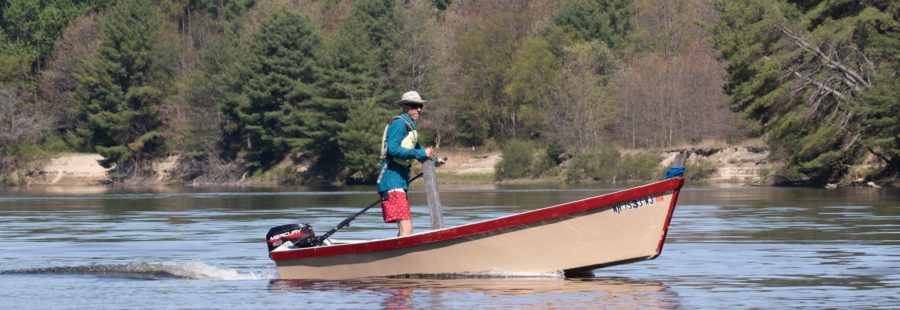
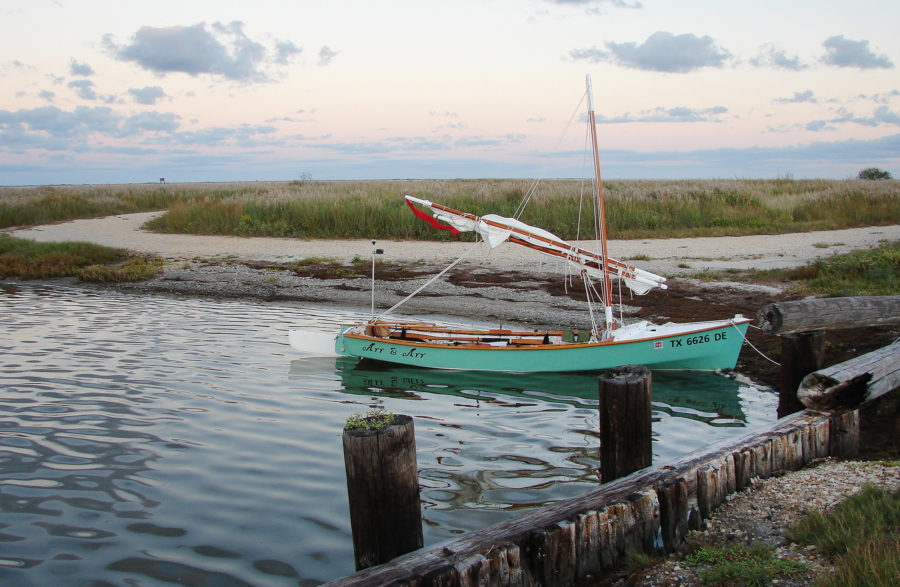
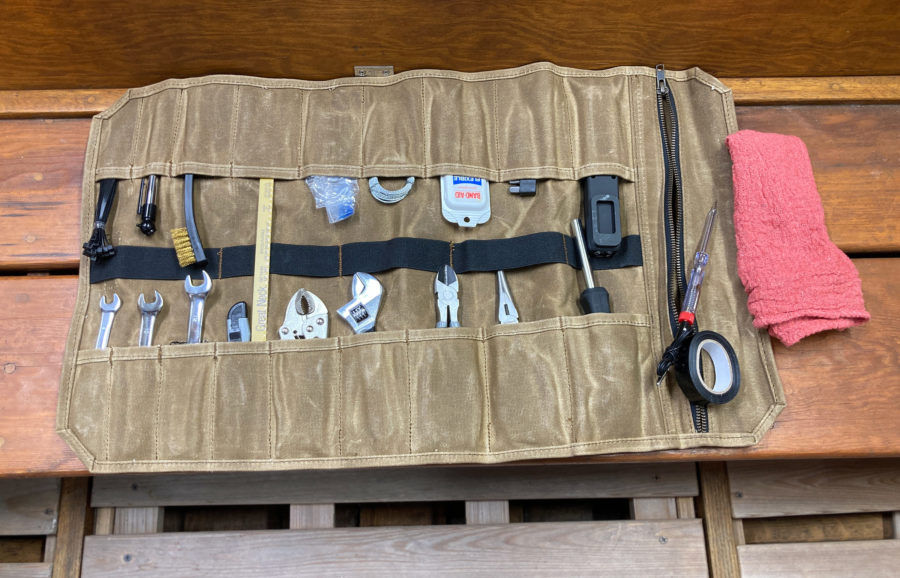
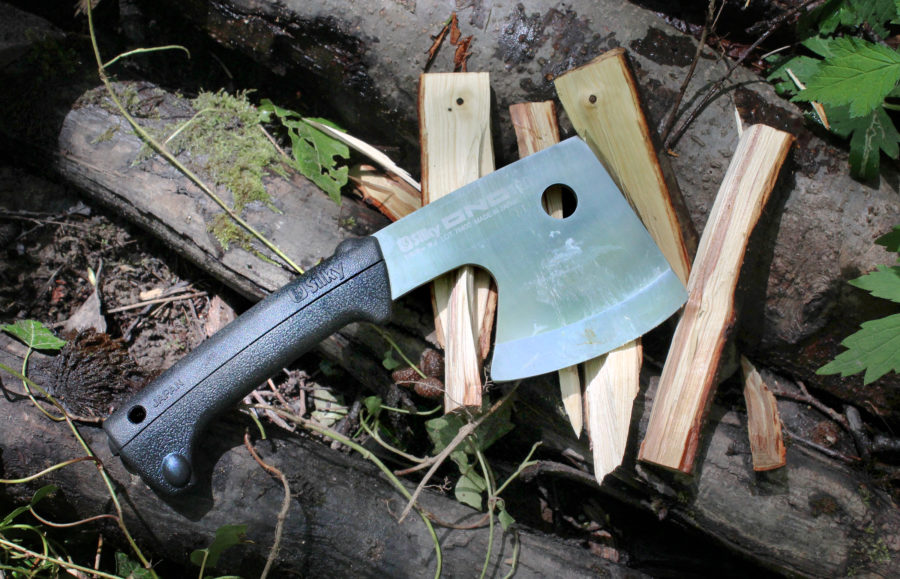
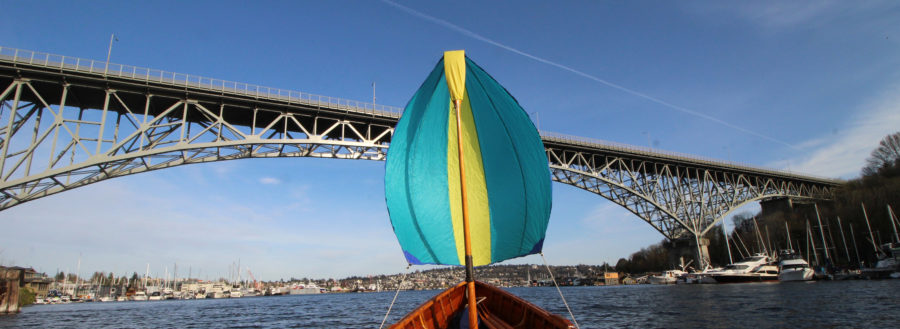
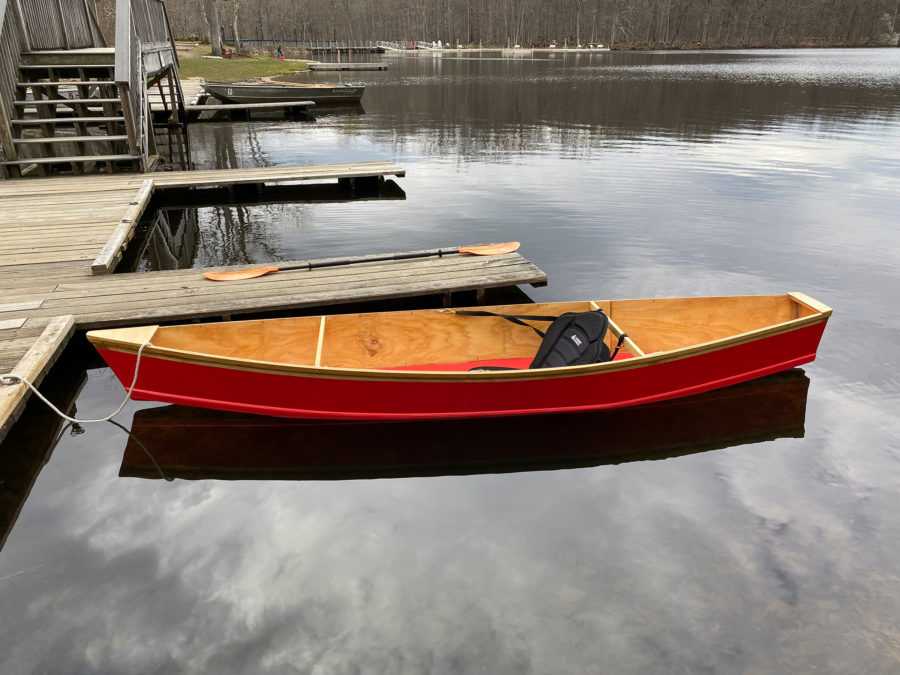
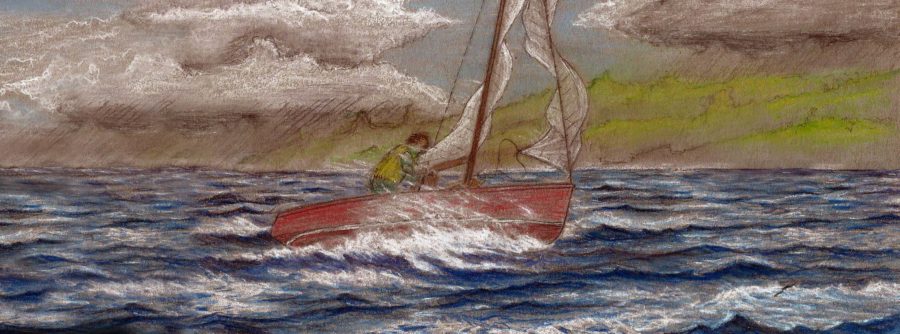
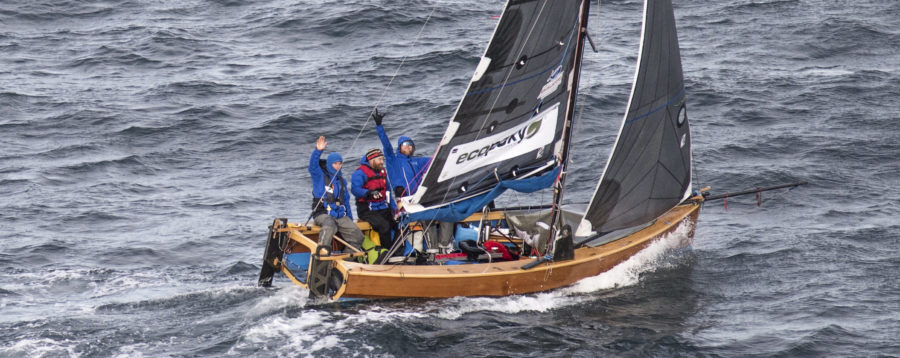
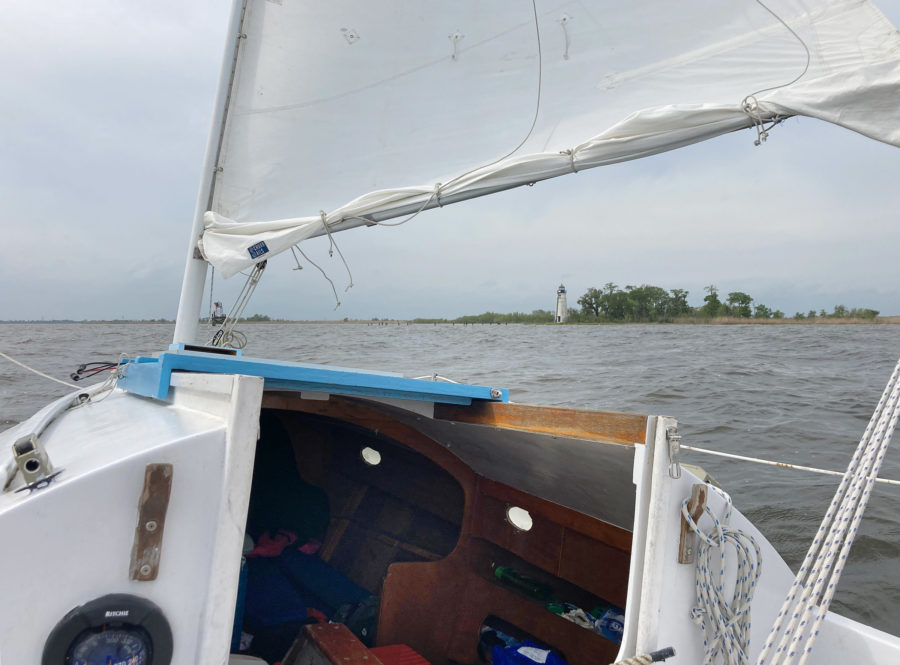
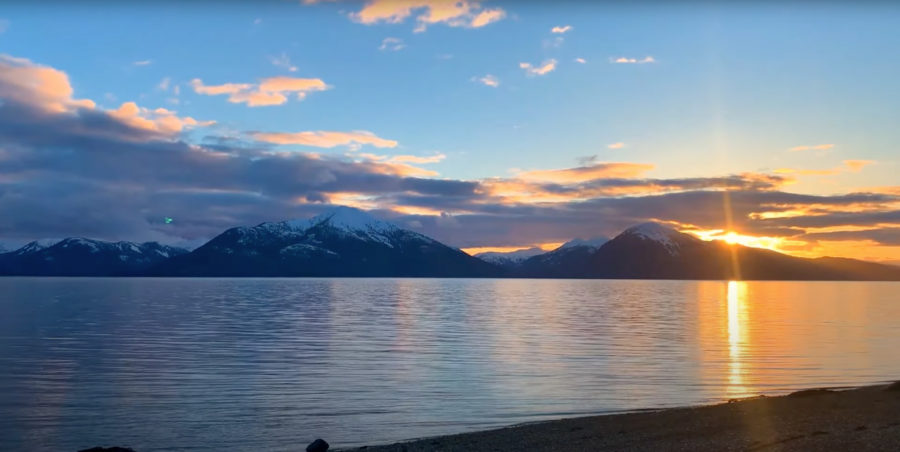
Good trip, nicely written. Thanks.
Thank you, Steve.
Roger, always enjoy your writing. For awhile I enjoyed being in Padre’s skinny water again.
Thanks, Bob. I’m grateful to be able to share.
Ah, that black mud on the Texas coast!
Yes, you know that mud, don’t you, Tom.
Since I know you as an excellent editor, I am not surprised to read about your excellent sailing skills. I enjoyed this account very much.
Thank you, Vickie. I’m glad you enjoyed it. Hope to see you around the neighborhood again soon.